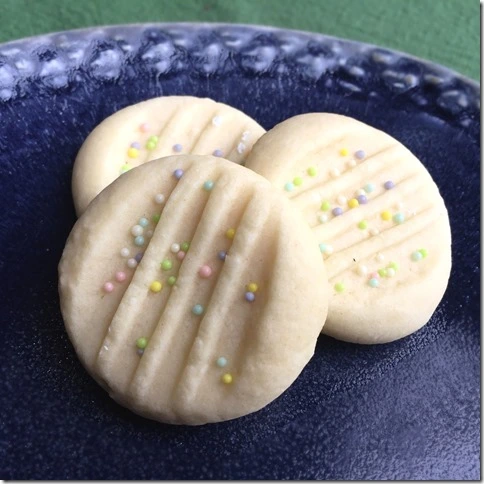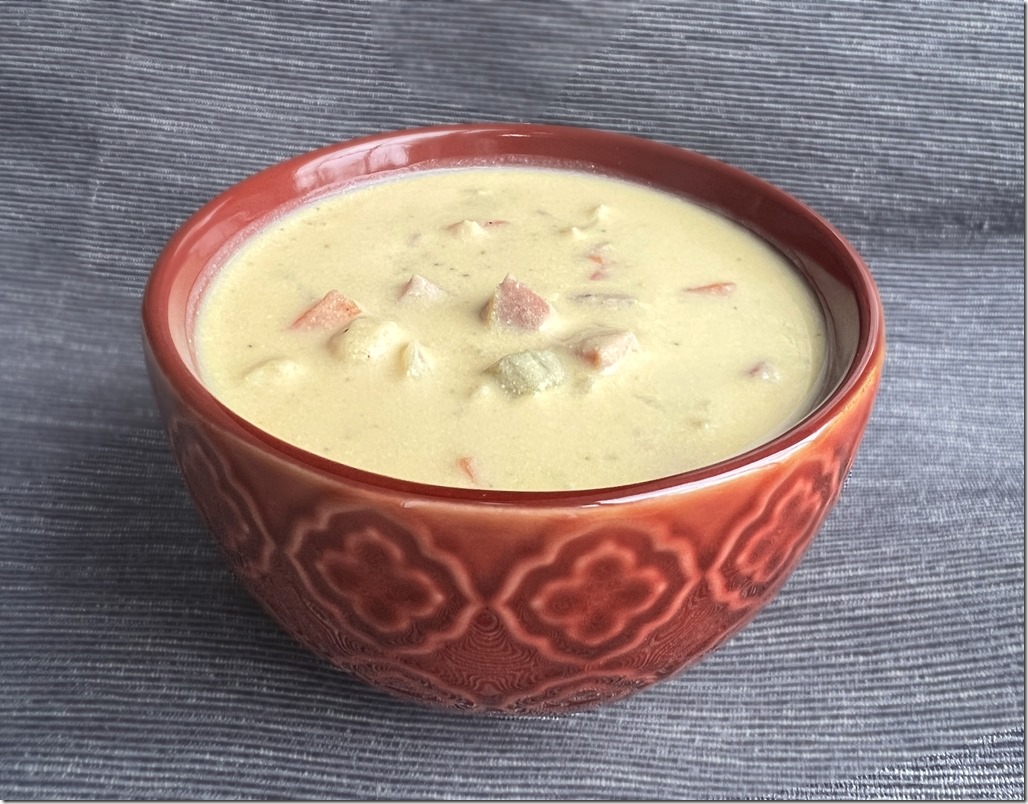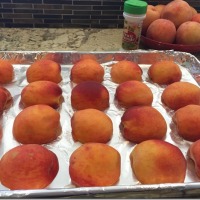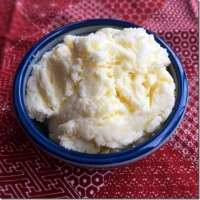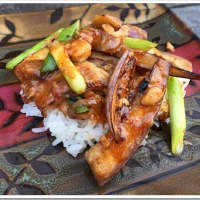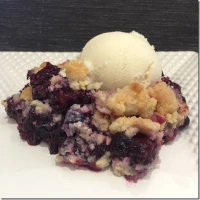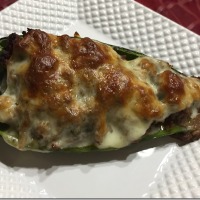
Twenty-one years ago, about one year after Brian and I were married, we moved to Japan. Brian had just graduated with his undergraduate degree and had gotten a job with a Japanese investment bank in Tokyo. We were excited about the new opportunity, but as recent graduates our finances were very limited. We moved with 4 suitcases full of clothes, a mattress set, and a couple of boxes of dishes, towels and books. That was the extent of our net worth at the time. The suitcases came with us on the airplane; the other items went by slow boat and arrived about 3 months later.
Our first two weeks in Japan were spent in a luxury hotel in downtown Tokyo. The company paid for our stay in the hotel while we searched for an apartment to rent. The hotel room was paid for, but not any other expenses (like food). The company also provided a $1500 start-up bonus to help us set up our apartment and for living expenses until our first paycheck (one month later). That $1500 had to furnish an entire apartment, including refrigerator, stove, and furniture and cover utility deposits. Plus living expenses for the month. In a country where a gallon of milk cost about $10/gallon-and that was 2 decades ago. In a gross understatement, we lived very frugally for some time.
Our first meal in Japan was a company dinner of Kaiseki (a highly formal and decorative Japanese meal-very heavy on seafood in varieties I couldn’t begin to name). The next day we were on our own, for house-hunting and eating. This began my introduction to inexpensive Japanese street food: onigiri, tako-yaki, yaki-soba, and these fabulous steamed buns- Nikuman.

Nikuman are hot, soft steamed buns surrounding a spicy minced pork filling. These buns were one of my favorite new Japanese foods. They were delicious and cheap. The perfect combination for poor starving gaijin.
In Japan, I would never have dreamed of making these at home. They are readily available everywhere: from street vendors to convenience stores. Upon returning home, however, I wanted to try to recreate what had become not only a favorite food, but a nostalgic memory.

I have tried dough recipes that use either baking powder or yeast as a leavening. Although it takes a little more time, I highly recommend using a yeast dough. The resulting soft, light buns are worth the extra rise time.
To make the buns, flatten dough to form a circle about 5” in diameter so that the middle is slightly thicker than the edges (pinch edges of dough with your fingers to make edges thinner). Place about a tablespoon of filling in the middle of the circle.

Bring the dough up around the meat to the top, forming little pleats around the edges of the dough.

Slightly twist the dough to close it, and pinch it firmly to seal. If your dough is dry, moisten edges slightly with water before sealing.

Place the buns on squares of parchment paper. Let the buns rise for 15-20 minutes before steaming.

Add about 1 Tbs vinegar to the water in the bottom of a steamer (this helps keep the buns white). Bring water to a boil. Place buns with the parchment paper in the top of a steamer (a rice cooker or slow cooker can also be used to steam). Cover and steam for 20 minutes over high heat.

Serve hot. Buns can be eaten plain or dipped in soy sauce (plain or spicy: soy sauce + chili paste or hot mustard)
RECIPE:
Japanese Nikuman

Dough:
2 packages dry yeast
¼ cup warm (not hot) water
about 6 cups all-purpose flour
½ cup sugar
1 cup very hot water (bring to a boil and then let cool for 5 minutes)
1 cup warm (not hot) milk
1 tsp baking powder
2 Tbs coconut oil, lard or vegetable shortening
Parchment paper
White vinegar
Cut the parchment paper into 24 squares about 3” square. Set aside.
In a small bowl, stir together 1/4 cup warm water with a pinch of sugar. Sprinkle the yeast over the sugar water and proof 5-10 minutes, or until foamy.
In a large mixing bowl, mix together 5 cups of the flour and the sugar. Make a well in the center, add the hot water and mix rapidly. Add the warm milk and mix. Then mix in the yeast mixture, baking powder, and the shortening or lard. Mix well. Add the rest of the flour a little at a time until you have a workable dough (you may not need the entire additional 1 cup). Knead for a few minutes until the dough is soft and pliable.
Place dough in a large oiled bowl. Cover with a kitchen towel. Leave in a warm place until the dough has doubled in bulk, about 45 minutes.
Divide the dough into 24 pieces. Roll each piece into a ball, and let rest for 5 minutes.
—
Filling:
1 lb ground pork
1 large onion, finely chopped
1 (5 oz) can bamboo shoots, finely chopped
2 Tbs finely grated fresh ginger
1-2 Tbs chili garlic sauce (adjust based on how spicy you want it)
3 Tbs soy sauce
2 Tbs granulated sugar
1 Tbs sesame oil
Mix the ground pork, onion, bamboo shoots and ginger in a large bowl. Add the chili garlic sauce, soy sauce, sugar, and sesame oil. Mix the ingredients together until well incorporated.
—
Assembling Buns:
To fill the buns, flatten each dough ball to a circle about 5” in diameter so that the middle is slightly thicker than the edges (pinch edges of dough with your fingers to make edges thinner). Place about a tablespoon of filling in the middle of the circle. Bring the dough up around the meat to the top, forming little pleats around the edges of the dough. Slightly twist the dough to close it, and pinch it firmly to seal. (If your dough is dry, moisten edges slightly with water before sealing.) Place the bun on the prepared squares of parchment paper. Repeat with remaining dough and meat filling. Let the buns rise for 15-20 minutes before steaming.
Add about 1 Tbs vinegar to the water in the bottom of a steamer (this helps keep the buns white). Bring water to a boil. Place buns with the parchment paper in the top of a steamer (a rice cooker or slow cooker can also be used to steam). Cover and steam for 20 minutes over high heat.
Serve hot. Buns can be eaten plain or dipped in soy sauce (plain or spicy: soy sauce + chili paste or hot mustard)
Makes 24 buns
adapted from LaFujiMama and JustHungry
NoEmptyChairs.me

































